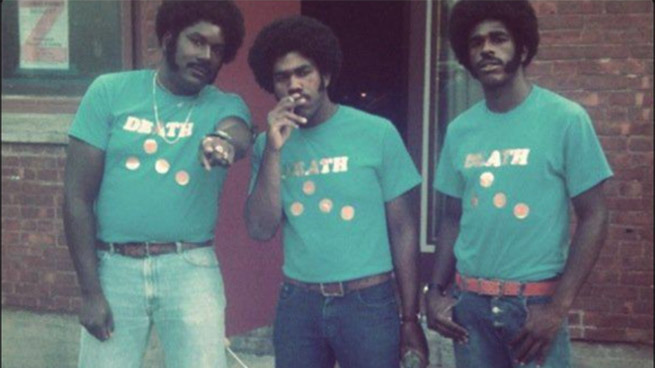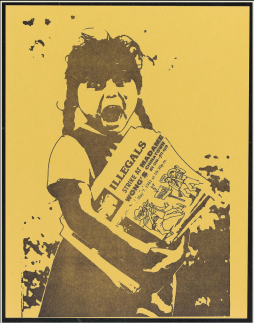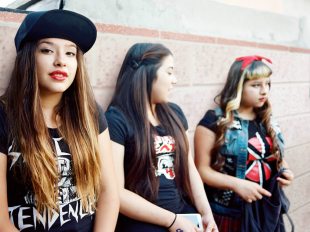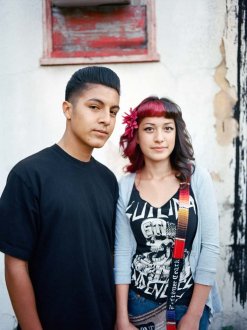It is said in almost any and every “History of Punk” publication that Punk was started in New York City by the Ramones and London by the Sex Pistols in the 1970s. These are two bands made up of lower class white men. These bands are amazing, no doubt about it, but their credit is misconstrued. Punk was started by a band of black men- a band called Death.

Ramones & Sex Pistols

DEATH
Punk has always been noted to be a genre of music for the oppressed; a genre used as an outlet for those living other various systems of oppression to express their frustrations with society. So why do white men, the most privileged people of all, get credit for something made by and for people of color? White supremacy. White people have colonized the musical outlet made by and for those living under their system of oppression. So, what does this music sound look like when it’s made by those who need it the most? What does the scene look like when these people get together to call out the systems of oppression they live under? More so, what does the Punk scene look like in the most oppressive places in America- Southern California and South Texas?





